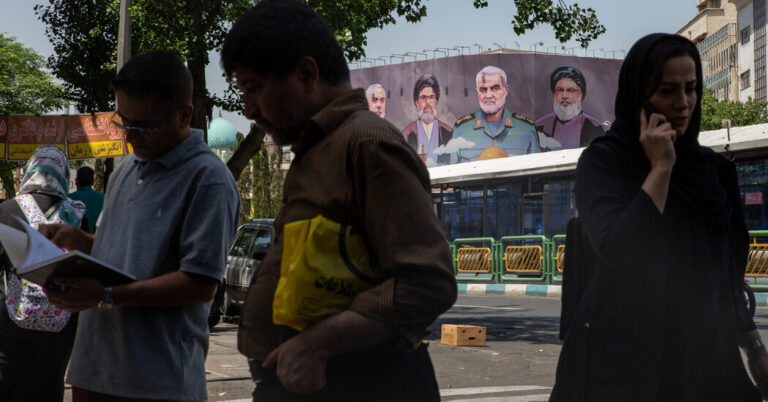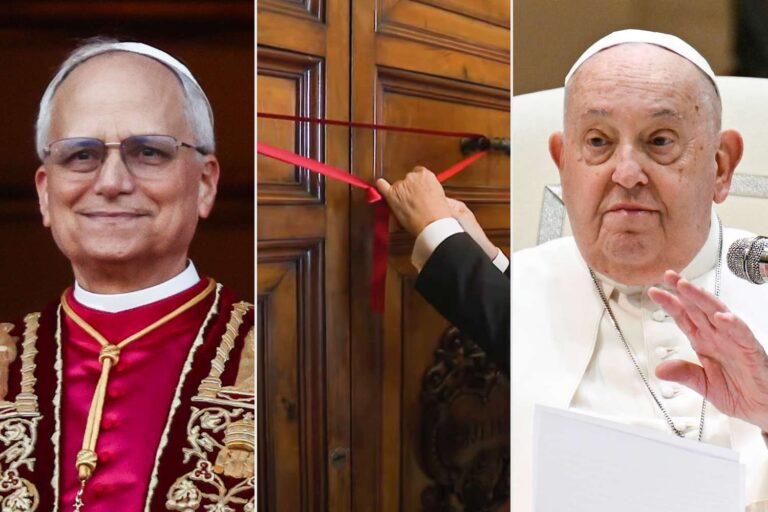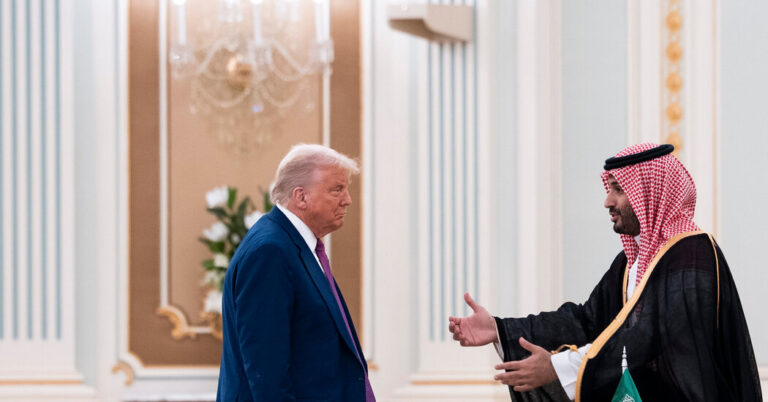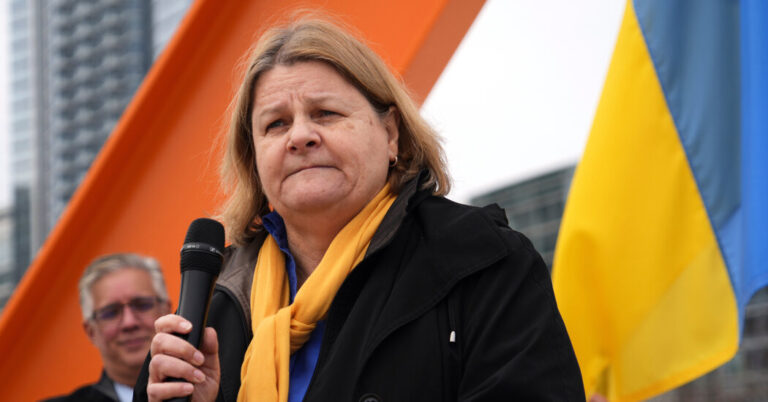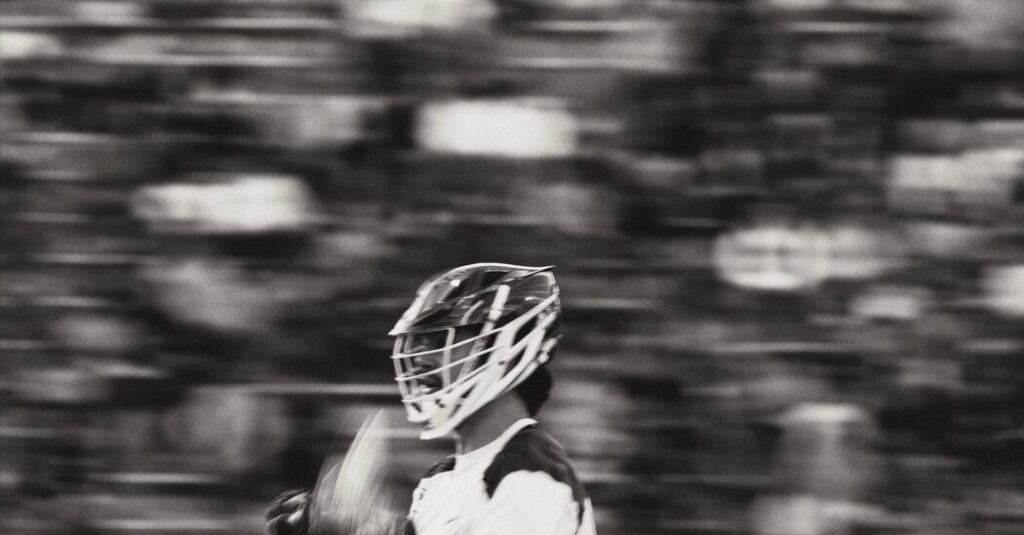
The Los Angeles Olympics will not get underway for another three years, which would seem to leave plenty of time to resolve its Haudenosaunee issue. But the Olympics are foremost a sporting event, and one that involves a long road to qualification. With regional qualifiers for 2028 beginning in 2026, World Lacrosse expects to submit its qualification plan to the I.O.C. this fall. The good news for the Haudenosaunee: Even if the I.O.C. continues to bar their participation, the Nationals are eligible to play in the primary qualifying tournament for the 2028 Olympics, the men’s and women’s sixes world championships in 2027. A great performance there would further pressure the I.O.C. to reverse course. The bad news? The I.O.C. still might not budge. While their opponents would be competing for spots in Los Angeles, the Haudenosaunee could end up having played for nothing.
Another complication: Sixes is the Haudenosaunee’s weakest discipline; the men are currently ranked fifth in the world, the women seventh. The men’s and women’s Olympic tournaments will each feature just six teams. The United States, as host, is expected to get a guaranteed spot, with Europe, Asia and the Americas most likely splitting the remaining spots. Conceivably, that leaves only one opening for Canada and the Haudenosaunee to fight over. World Lacrosse could easily tweak its still-evolving qualification plan to open up another spot for the men in Los Angeles. But the ranking of the Haudenosaunee women might well leave them on the bubble.
The Haudenosaunee and World Lacrosse hope to start talks with the I.O.C. in the coming months. Though the I.O.C. could soften its position, an outright surrender — allowing the Haudenosaunee to play under their own flag — seems unlikely. It’s also hard to imagine the Haudenosaunee refusing the opportunity, even if it comes under the Olympic flag, to tell the world, We are still here. Or Wasserman and LA28 could broker a third-way solution — a spot for the Nationals in the opening ceremony, perhaps. But for now, Rex Lyons told me, the Haudenosaunee want to compete — and to make the I.O.C. “the hero,” by persuading it to live up to oft-invoked Olympic sentiments like “peace, friendship and healing through sport.”
Everyone in lacrosse wants its return in Los Angeles to be a celebration of its expanding place in North American culture; many feel the absence of the Haudenosaunee would make that impossible. Few want to speculate publicly on that worst-case scenario. Lars Tiffany, the American head coach who led the Haudenosaunee at the 2023 World Championships, told me that if Team USA plays the 2028 Olympics without them, USA Lacrosse should remove “Creator’s Game,” a 16-foot bronze sculpture depicting Indigenous players, from outside its headquarters in Sparks, Md. Some think that the United States and Canada — and, indeed, the entire sport — should defer to the Haudenosaunee and not play at all. “I say we don’t go,” says Chazz Woodson, the outgoing head coach at Hampton University and a onetime board member of USA Lacrosse. “I say that understanding there’s major ramifications” — that lacrosse will probably never make the Olympics again. “But that would be the right thing to do.”
Tom Hayes won’t be in Los Angeles in 2028. The former international lacrosse executive died, at age 82, in March 2022, before lacrosse achieved the full I.O.C. approval he pursued for two decades. But by the time I spoke with him the year before, Hayes had received enough winks and nods to feel optimistic — and the Haudenosaunee issue was already vexing him. Woodson’s nuclear option, choosing loyalty to the Haudenosaunee over the sport’s Olympic dream, seemed too horrifying to consider. “You’re damned if you do and damned if you don’t,” Hayes told me, before settling on the hope that the I.O.C. learns what lacrosse itself learned four decades ago: “If they want to have a better Olympics, the creator of the sport has to be involved.”

